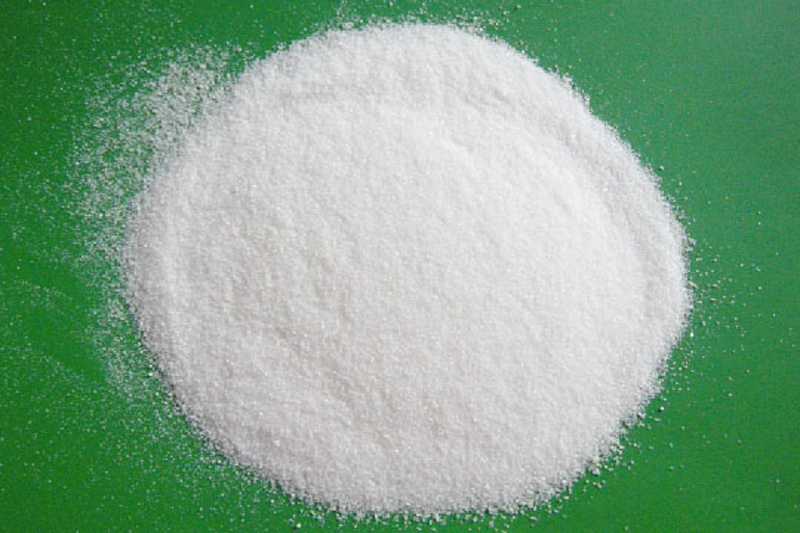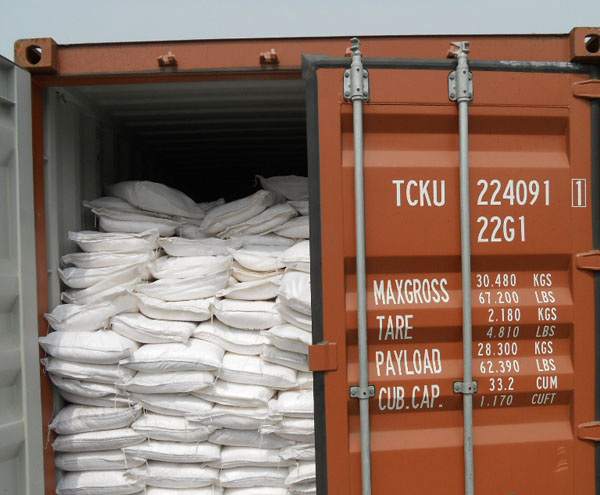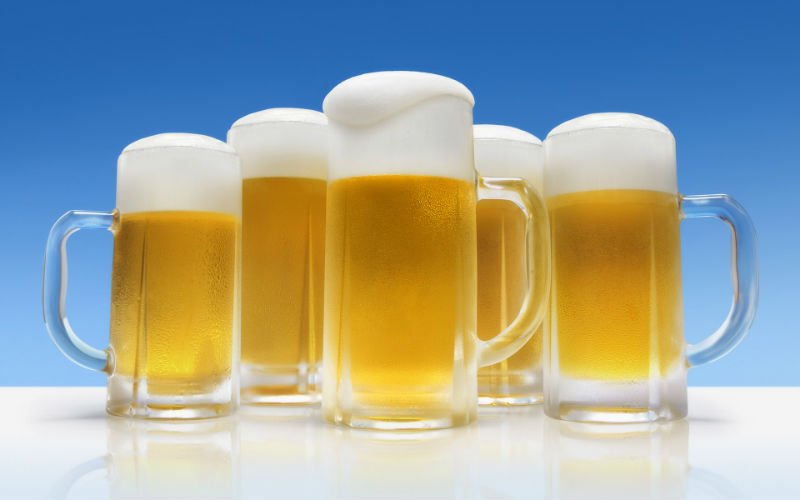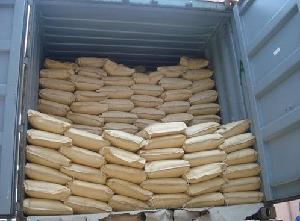Does anyone know if L(+)-Tartaric Acid E334 is gluten free? 
Yes, L(+)-Tartaric Acid E334 is gluten free and widely used in gluten free food as an additive in teas, cola’s, creams, chocolate’s, and other foods. In beverages it is commonly used as an acidulant. It is also used as a catalyst in the resin finishing of polyester fabric, as a pH value regulator in oryzanol production, and as a complexing agent, screening agent, or chelating agent in chemical analysis and pharmaceutical inspection.
Why is L(+)-Tartaric Acid E334 gluten free?
Gluten is a type of elastic grain protein that helps wheat, rye and barley hold their shape. Because of its glue-like properties, gluten is often added to other food products—pasta, sauces, crackers, baked goods—to thicken or bind those products together. Raw materials used in manufacturing of L(+)-Tartaric Acid E334 are lees; So The manufacturing process of L(+)-Tartaric Acid is gluten free. So, L(+)-Tartaric Acid E334 is gluten free.
What foods contain L(+)-Tartaric Acid E334?
It is widely used as acidulant in beverages and foods, such as soft drinks, wine, candy, fruit juice, and sauces, bread and some colloidal sweetmeats.
Why should you go Gluten free, Gluten free foods are good or not?
People with celiac disease or Gluten intolerance or sensitivity should intake gluen free foods. Nowadays more and more groceries and health food stores stock gluten-free products. That’s good for people with celiac disease, who for health reasons should not eat wheat with gluten. The market for gluten-free products is exploding. Many people may just perceive that a gluten-free diet is healthier.
Is it necessary for all people to eat gluten foods? In fact, it isn’t. For people with celiac disease, a gluten-free diet is essential. But for others, unless people are very careful, a gluten-free diet can lack vitamins, minerals, and fiber.
How to avoid Gluten ingredients?
Someone is strict adherence to a gluten-free diet for life. It requires knowledgeable nutritional counseling and frequent updates as commercial food contents change. must be alert to hidden sources of gluten such as HVP/HPP (hydrolyzed vegetable/plant protein). Today’s processed and packaged foods have many hidden sources of gluten, which can be unintentionally ingested. To be safe, a person should read ingredients on labels every time they purchase food as manufacturers frequently change ingredients.




